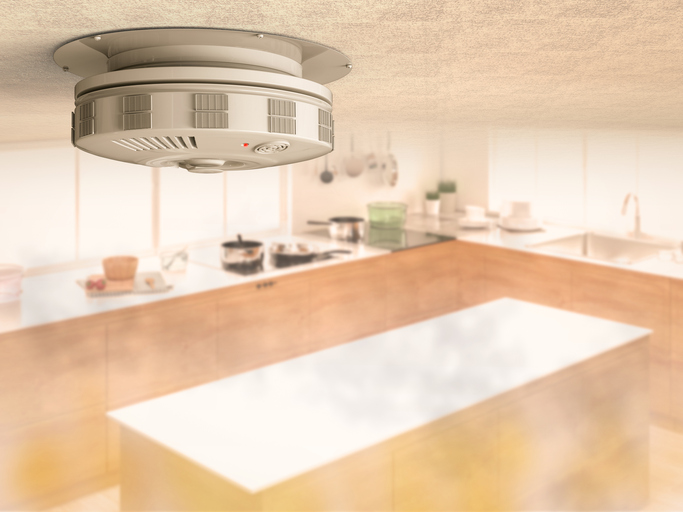
You know that you should have smoke detectors on every floor of your home, that you should test them once a month, that you should replace them every 10 years and their batteries every six months, but do you know that there are two types of smoke alarm?
These two alarm types, ionization and photoelectric, detect smoke in different ways, and each has the ability to detect certain fires more quickly than the other. Here’s what you should know about both types of alarms and which is best for your home.
Ionization smoke alarms
Ionization alarms work by maintaining a flow of current between two electrodes. Smoke entering the detector disrupts the current and sounds the alarm.
Photoelectric smoke alarms
Photoelectric alarms contain a light and a light sensor. Normally, the light is directed next to, not on, the sensor. When smoke enters the detector, it scatters the light, causing some to trigger the sensor and sound the alarm.
Which type of alarm do I have?
Ionization alarms are the most common smoke alarms in residential settings. If you’ve never thought about what type of smoke alarms you have in your home, chances are they’re ionization alarms.
You can check by taking one of your alarms down and looking on the back of the unit for a symbol containing an I or an P, or even the word ionization or photoelectric.
Which type of alarm is better?
Both ionization and photoelectric alarms are good at detecting certain types of fires quickly. Ionization alarms are adept at detecting flaming fires, like one started by a fallen candle or another open flame. Photoelectric alarms are better at detecting smoldering fires, like one started by a lit cigarette.
Should I change my alarms?
Because it’s hard to predict in advance what kind of fire might break out in your home, it’s recommended that you utilize both ionization and photoelectric sensors.
If your home features only one type of alarm, you could install the other type alongside your existing alarms to improve the chances of early fire detection.
You might also choose to replace all your current smoke alarms with dual-sensor alarms that combine ionization and photoelectric detectors into a single unit. Remember, you should replace your alarms anyway if they’re more than 10 years old or if you don’t know how old they are. This regular replacement is perfect time to upgrade to dual-sensor technology.

Leave a Reply